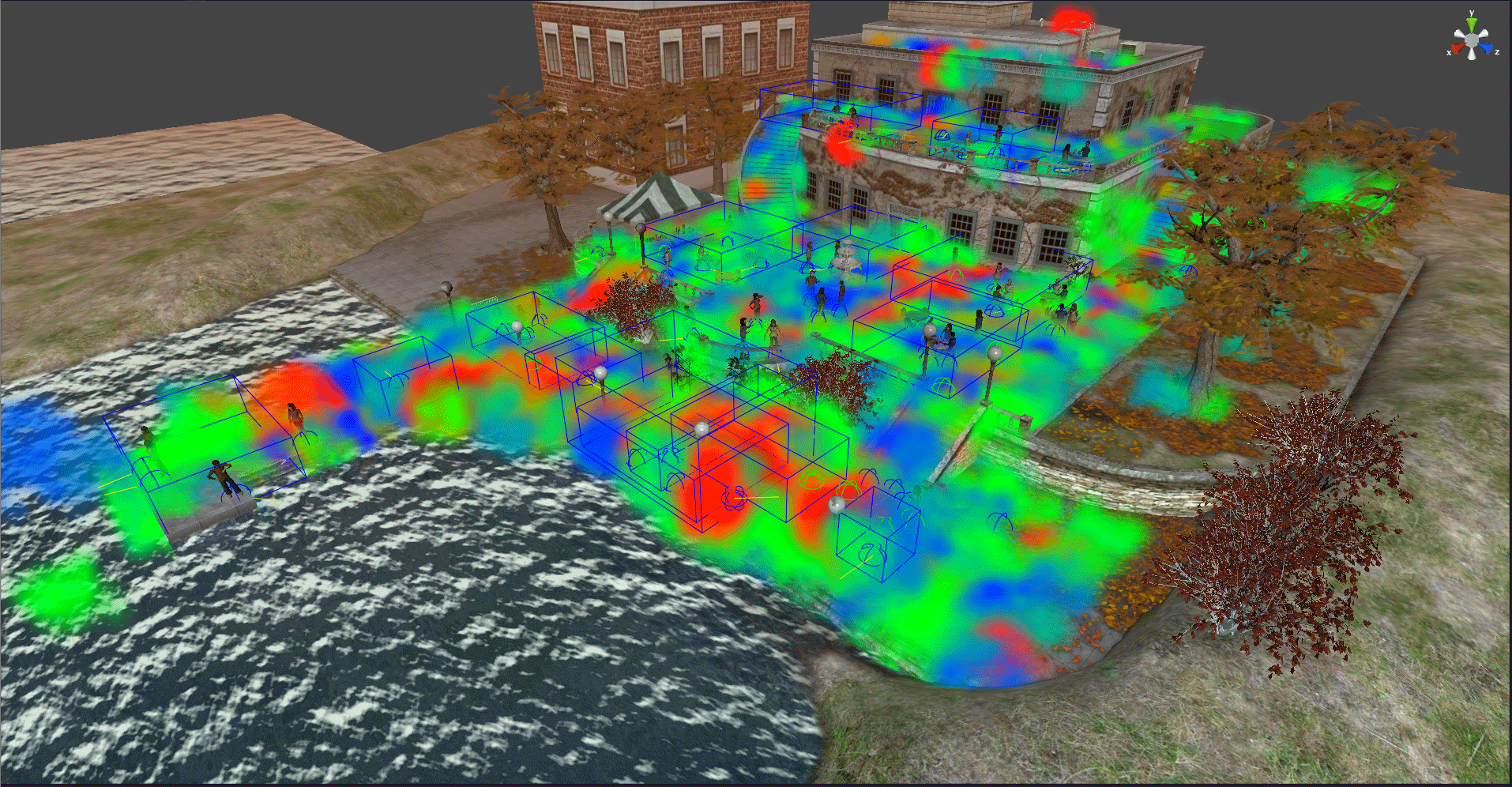Tools for Discovery is a monthly profile series that inspects the computer programs, gadgets and methods behind WID’s ideas and discoveries.
Keari Bell-Gawne has served as an executive assistant at WID’s Games+Learning+Society (GLS) center. While studying sociology and environmental studies, she worked at GLS for three years as a student researcher conducting outreach and helping to collect, code and analyze data to better understand how middle school students interact with GLS’s video games.
What do you work on at WID?
I am part of GLS, which deals with games for change, games for impact, and games for learning. We create a variety of games from Econauts — a game that helps students understand local ecology — to Virulent — a game that puts the student in the role of a virus and teaches them how to infect cells and overcome the host’s immune system. There are some really interesting things that games do that you overlook or don’t really think about it. But when you dig into it, you see that games provide some interesting tools for learners that can be transported to the education system. Games, at their core, are a series of puzzles. Good games fluidly integrate learning tutorials into game play. Many non-gamers pick-up games like Diablo or Minecraft, and will give up; these games are complex and difficult, and require extensive learning to play them well.

Every medium of communication (e.g., television, print) has certain affordances. Games are no different. We can harness games to teach concepts that are difficult to teach with other media. For instance, games such as Econauts are well suited to teach ecology concepts that have large spatio-temporal scales. Unlike traditional methods of teaching these concepts, like graphs, games are well suited to integrate knowledge of systems into useful strategy tools, making learning more fluid and dynamic.
Games like Econauts are also really intriguing to me because they have the potential to incorporate Geographic Information System (GIS) data into the pixels of the game map, making the game transcend from being strictly virtual to a fascinating blend of simulation and reality. From there, you have a collaborative multi-player environment where players enact roles of particular people in society. Econauts uses miners, lumbermen and farmers who are in competition for land resources, but the possibilities are endless. What is intriguing is that games like Civilization, a historical strategy game, are very simplified versions of reality, but they capture enough important variables to repeat history. If we can take that same predictive power over our past and use it for our future to predict things like coastal migration or trends in farming, I think we could make some really important leaps in the way we think about modeling and human interactions with the environment.
“Every medium of communication has certain affordances. Games are no different. We can harness games to teach concepts that are difficult to teach with other media.”
— Keari Bell-Gawne
What are your tools for analysis?
We’ve come out with a new system called Assessment Data Aggregator for Game Environments (ADAGE), which is a platform for data collection and analysis of gameplay. We’re looking at how we can create meaningful tags within a game that say something about how students learn in that environment and then find ways to analyze and display that data for researchers, learners and teachers. For instance, using maps of clickstream data, we’ve found that high-traffic areas are related to places where players quit the game, perhaps signaling a place of frustration. This information can used in the development process to preempt problem areas of the game and correct them during the design phase. The ADAGE system can also be a really important tool for teachers as an alternative method of assessment.
Tools for writing?
Having conversations with people helps me get my ideas out. That frees up my brain to think about things. I take a lot of time with editing. My first draft tends to be pretty formalized. First, I outline the structure and the transitions, then I keep preening, editing and rewording.

Tools for collaboration?
At GLS, or in any multidisciplinary academic environment, social navigation can be really important. We work with artists, researchers and developers, and everybody does very different work, and sometimes it’s hard for each pod to understand exactly what the other one does. It’s really important to have the right frame of mind — to not be too wedded to your own ideas. Sometimes as you get specialized in something, it’s hard to see across borders to what somebody else needs or wants. Being able to flex and be flexible in what you’re looking at, being open-minded to other people’s ideas and expertise and really trying to understand their job and their work is important.
Your ultimate tool for discovery?
I’m always fascinated by how things work. Almost anything can trigger my brain to become really curious about something. From looking at raindrop splashes and wondering about fluid dynamics to people watching and decoding body language, I love trying to figure out how things operate. Knowing just enough to be incredibly curious is what pushes me to learn more.
I’m also really fascinated by research methods. I love the process of finding a question and then determining what the best tool for that job is, and then fine tuning it to answer that question, and, finally extracting meaningful data and integrating it into the body of what we already know.
Interview conducted and edited by Mary Sussman


You must be logged in to post a comment.